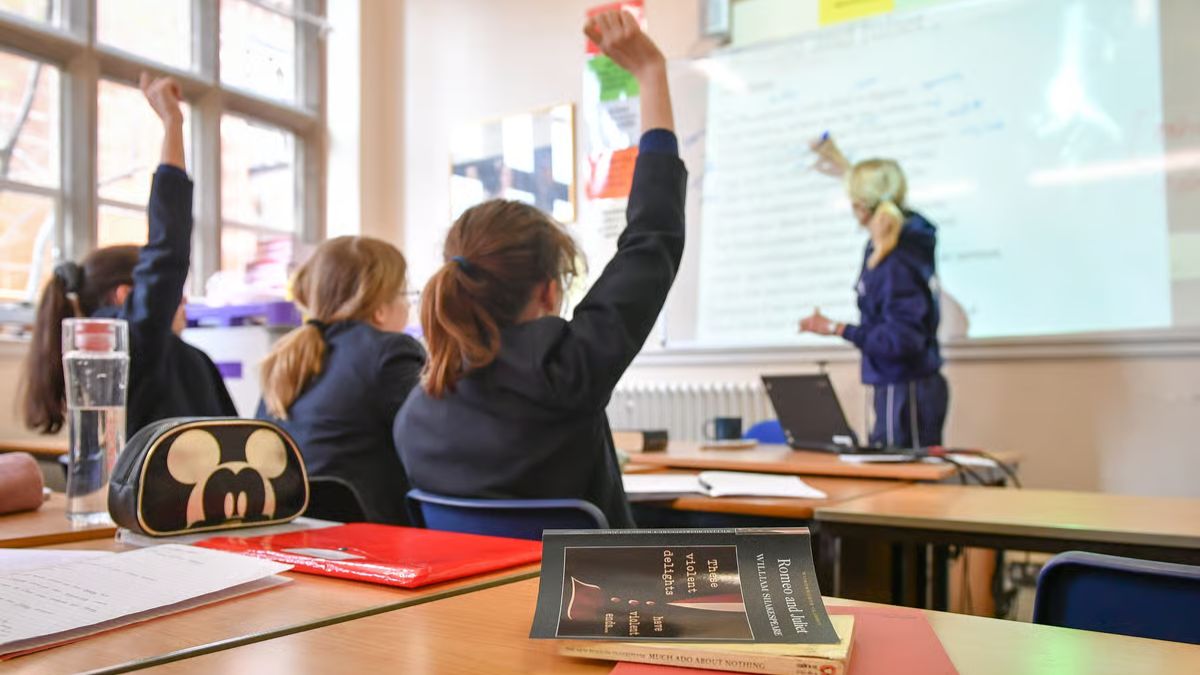Officials in rural southwestern Ontario are voicing deep concern over the future of their schools after Education Minister Paul Calandra suggested that closing or merging underutilized schools is a real possibility. The discussion comes as the province continues its supervision of the Thames Valley District School Board (TVDSB), citing financial mismanagement and long-term sustainability concerns.
Province Signals Potential School Closures

In an interview with CBC’s Metro Morning, Education Minister Paul Calandra said that in order to reduce financial pressure on government-supervised school boards, “all options have to be on the table.” This includes closing or merging schools with declining enrolment.
Nine schools within the TVDSB are currently operating at less than 60 per cent capacity. Five of them are in rural communities, including Middlesex and Elgin counties, sparking alarm among local councillors and parents who worry closures will devastate their towns.
Moratorium Still in Place, But Debate Resurfaces
Ontario has maintained a moratorium on school closures since 2017, meaning no schools can be permanently shut down. Still, ministry officials acknowledge the topic is under active review as part of broader efforts to stabilize finances.
Emma Testani, press secretary for the minister, emphasized:
“Every option must be considered to restore stability and protect classroom learning. Our focus is on ensuring resources are directed back into classrooms so teachers have the support they need and students have the best chance to succeed.”
Local Leaders Push Back
For local leaders, the suggestion of closures feels like a direct threat to community identity.
North Middlesex Ward 1 Coun. Sara Nirta said the idea of shutting down North Middlesex District High School—already under review—sends a “harmful message that rural communities don’t matter.”
She added that closing schools will not fix financial challenges:
- Students would need to be bused to other schools, raising transportation costs.
- Remaining schools could become overcrowded.
- Temporary solutions like portable classrooms would add expenses.
Low Enrolment Numbers Raise Concerns
According to TVDSB’s 2024–2025 accommodation plan, North Middlesex District High School has a 31 per cent utilization rate, the lowest in the district.
A PricewaterhouseCoopers audit also flagged the school, alongside two others, as potential candidates for merging. Mayor Brian Ropp acknowledged the low enrolment but argued it reflects temporary trends, as many parents are sending children outside their catchment.
“In the long-term picture, I’m more concerned about overcrowding than under-enrolment,” he said, urging the ministry to consider local growth before making permanent decisions.
Southwest Middlesex Shares the Same Worry
Similar fears are emerging in Southwest Middlesex, where Glencoe District High School is operating at just 40 per cent capacity.
Coun. Joel Haggith believes enrolment will rebound:
“Yes, we do have lower enrolment rates, but they’ll change and come up. If we close schools now, replacing them in 10 years will cost taxpayers even more.”
The Real Impact of School Closures
Parents argue that beyond finances, closures disrupt lives.
London parent Scott MacLean recalled when Lorne Avenue Public School was shut down in 2016:
- His children were forced to start taking long bus rides instead of walking.
- Community routines were broken.
- Long-term costs, such as higher busing and infrastructure spending, outweighed any savings.
Nearly a decade later, MacLean says his warnings proved accurate:
“We’re in financial trouble today partly because of those closures and the added costs of transportation and rebuilding. Schools should be seen as community hubs, not just numbers on a balance sheet.”
Rural Communities See Schools as Lifelines
For many rural towns, schools are more than just education centres—they are community anchors. Councils worry that shutting down local schools could:
- Accelerate population decline as families move closer to urban schools.
- Reduce youth engagement in local sports, arts, and social activities.
- Weaken the social and cultural fabric of already struggling small towns.
The Bigger Picture: Balancing Budgets vs. Community Needs
The TVDSB is grappling with a \$16 million deficit, much of it linked to promotions, staffing costs, and resource allocation flagged in the recent audit. The province argues that tough decisions may be needed to bring stability.
However, local leaders insist solutions should look beyond closures. They advocate for partnerships between municipalities and school boards, exploring creative models that position schools as community hubs offering shared services.
What Comes Next?
With the provincial moratorium still in place, no schools will be closed immediately. But the growing conversation around closures suggests that once the freeze is lifted, rural Ontario schools could face serious risk.
For now, councils, parents, and advocacy groups are pushing for broader discussions that consider not just numbers, but the social, cultural, and financial ripple effects of losing a local school.
FAQs – Ontario Rural School Closures
Q1. Are Ontario schools currently allowed to close?
No. A moratorium on school closures has been in place since 2017, preventing boards from shutting down schools. However, the provincial government is reviewing the policy.
Q2. Why are schools being considered for closure now?
The Thames Valley District School Board (TVDSB) is under provincial supervision due to financial mismanagement. The education minister has indicated that underutilized schools may be reviewed to ease financial strain.
Q3. Which schools are most at risk?
Nine schools in the TVDSB operate below 60 per cent capacity, with North Middlesex District High School at just 31 per cent. Several others in Middlesex and Elgin counties are also flagged.
Q4. What are the main concerns from communities?
Local leaders fear closures will increase busing costs, cause overcrowding elsewhere, and undermine rural communities. Parents also highlight the disruption to children’s routines and community identity.
Q5. What alternatives are being proposed?
Officials suggest viewing schools as community hubs by partnering with municipalities to maximize use. Others call for long-term planning that anticipates population growth rather than short-term cost cutting.















